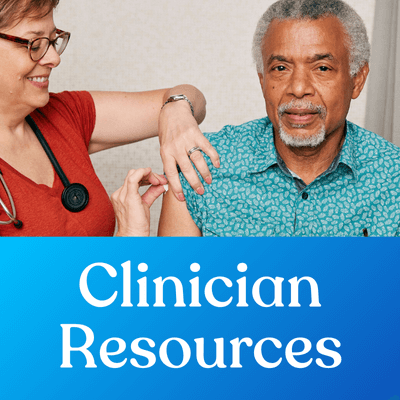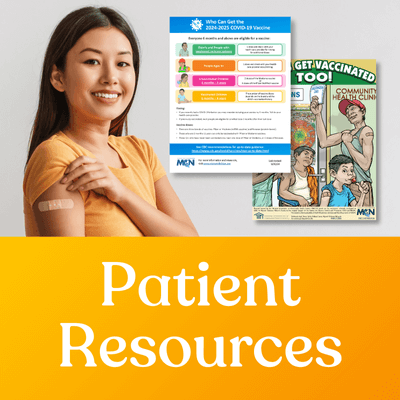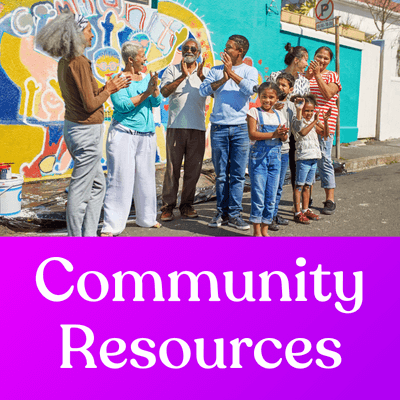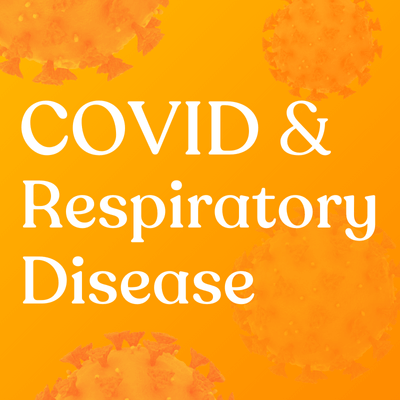Vaccine Information Hub
Vaccination and immunization are crucial to effective preventative care. By receiving vaccinations and becoming immunized, patients can get protected from certain infections and illnesses by helping the immune system fight infections faster and more effectively. To support our network of clinicians serving migrants, immigrants, and other communities with vulnerable patients, Migrant Clinicians Network offers this Vaccination Information Hub, where you can find a plethora of culturally relevant and bilingual resources around six primary topics:




